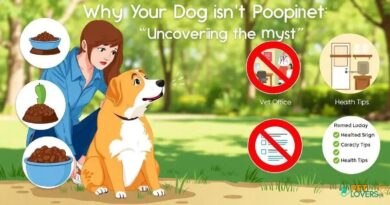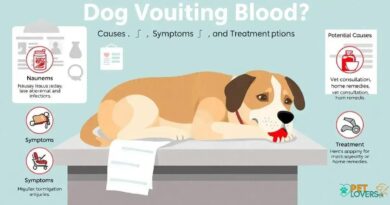What is: Xylitol toxicity and prevention strategies
What is Xylitol?
Xylitol is a sugar alcohol commonly used as a sweetener in various food products, including sugar-free gum, candies, and baked goods. While it is safe for human consumption, it poses a significant risk to dogs, leading to severe health complications. Understanding what xylitol is and how it affects dogs is crucial for pet owners to prevent accidental poisoning.
How Does Xylitol Affect Dogs?
When ingested by dogs, xylitol can cause a rapid release of insulin from the pancreas, leading to a drastic drop in blood sugar levels, a condition known as hypoglycemia. Symptoms of xylitol toxicity can manifest within 30 minutes of ingestion and may include vomiting, loss of coordination, seizures, and even liver failure. Recognizing these symptoms early is vital for effective treatment.
Symptoms of Xylitol Toxicity in Dogs
The symptoms of xylitol toxicity can vary in severity and may include lethargy, weakness, tremors, and collapse. Additionally, some dogs may experience gastrointestinal distress, such as diarrhea or vomiting. If you suspect your dog has ingested xylitol, it is essential to monitor them closely for any signs of distress and seek veterinary care immediately.
What to Do If Your Dog Ingests Xylitol
If you believe your dog has consumed a product containing xylitol, do not wait for symptoms to appear. Contact your veterinarian or an emergency animal clinic right away. Providing the veterinarian with information about the amount of xylitol ingested and the time of ingestion can help them determine the best course of action for your pet.
Preventing Xylitol Exposure
Prevention is the best strategy when it comes to xylitol toxicity. Pet owners should be vigilant about keeping products containing xylitol out of reach of their dogs. This includes not only food items but also dental products and medications that may contain xylitol. Educating yourself about the ingredients in products you use can significantly reduce the risk of accidental ingestion.
Common Products Containing Xylitol
Xylitol is found in a variety of products, including sugar-free gum, mints, toothpaste, and some baked goods. It is also present in certain medications and dietary supplements. Being aware of these common sources can help pet owners avoid situations where their dogs might accidentally consume xylitol.
How to Read Labels for Xylitol
To protect your dog from xylitol toxicity, it is essential to read labels carefully. Look for the term “xylitol” in the ingredient list of any food or product you purchase. Additionally, be cautious with products labeled as “sugar-free,” as they often contain xylitol or other sugar alcohols that may be harmful to dogs.
Emergency Treatment for Xylitol Toxicity
If your dog is diagnosed with xylitol toxicity, treatment will depend on the severity of the situation. In mild cases, the veterinarian may induce vomiting to prevent further absorption of xylitol. In more severe cases, hospitalization may be required for intravenous fluids, glucose supplementation, and monitoring of liver function.
Long-Term Effects of Xylitol Toxicity
The long-term effects of xylitol toxicity can vary based on the amount ingested and the promptness of treatment. Some dogs may recover fully without lasting effects, while others may suffer from liver damage or other complications. Regular follow-up visits with your veterinarian can help monitor your dog’s health after an incident of xylitol ingestion.
Educating Others About Xylitol Risks
As a responsible pet owner, it is important to educate friends, family, and fellow dog owners about the dangers of xylitol. Sharing information about xylitol toxicity and prevention strategies can help create a safer environment for all dogs. Awareness is key to preventing accidental poisoning and ensuring the well-being of our furry companions.




